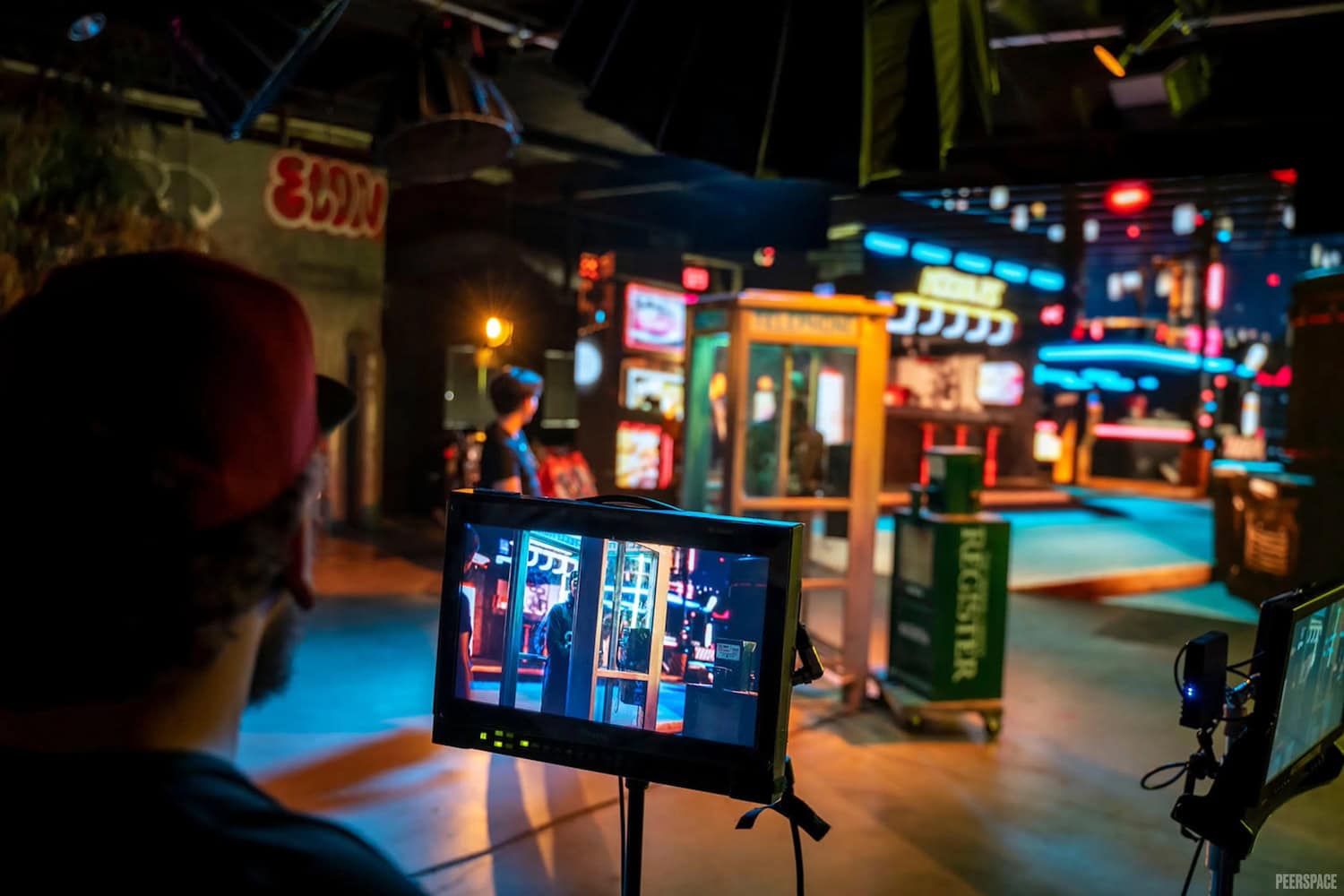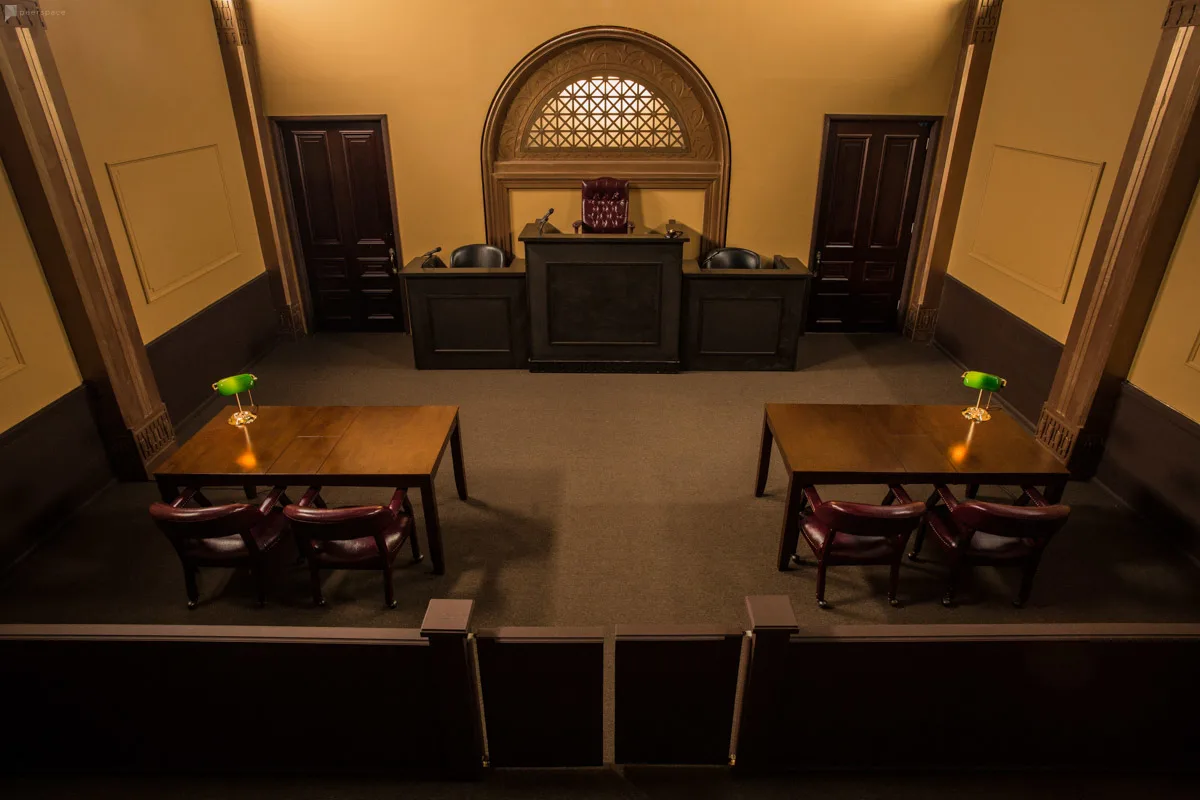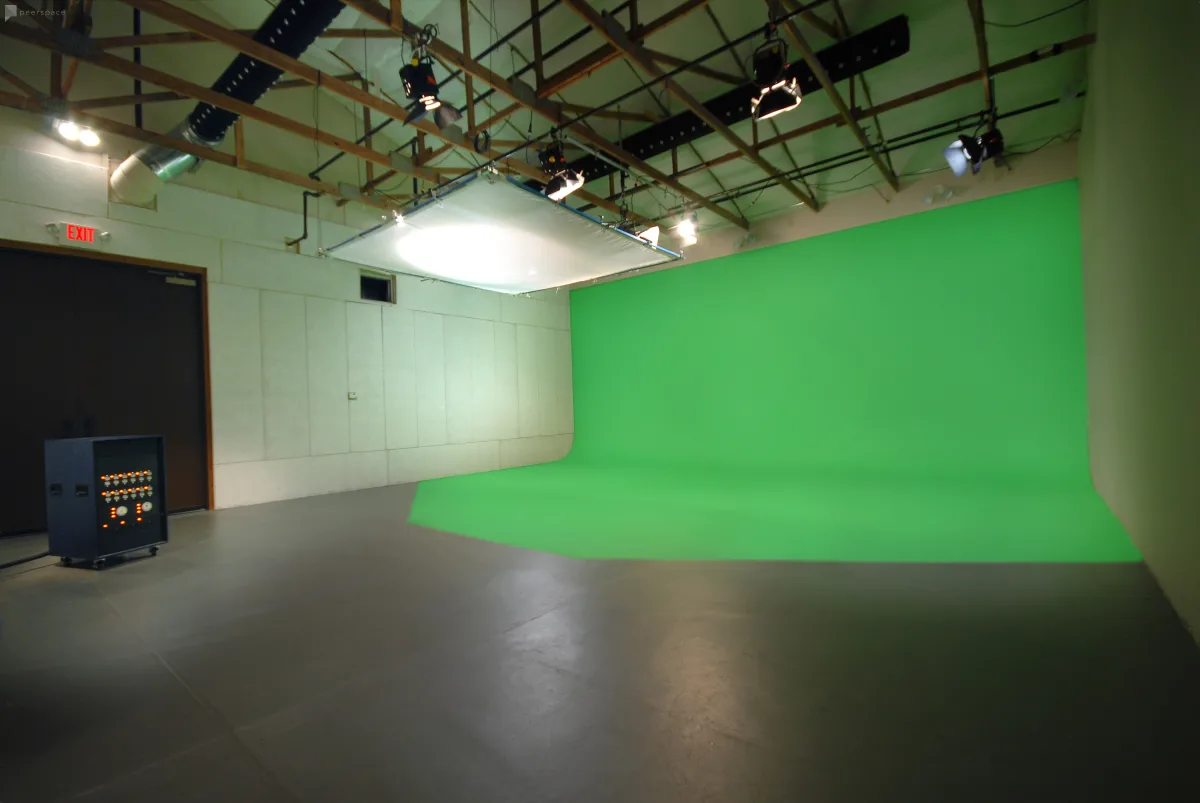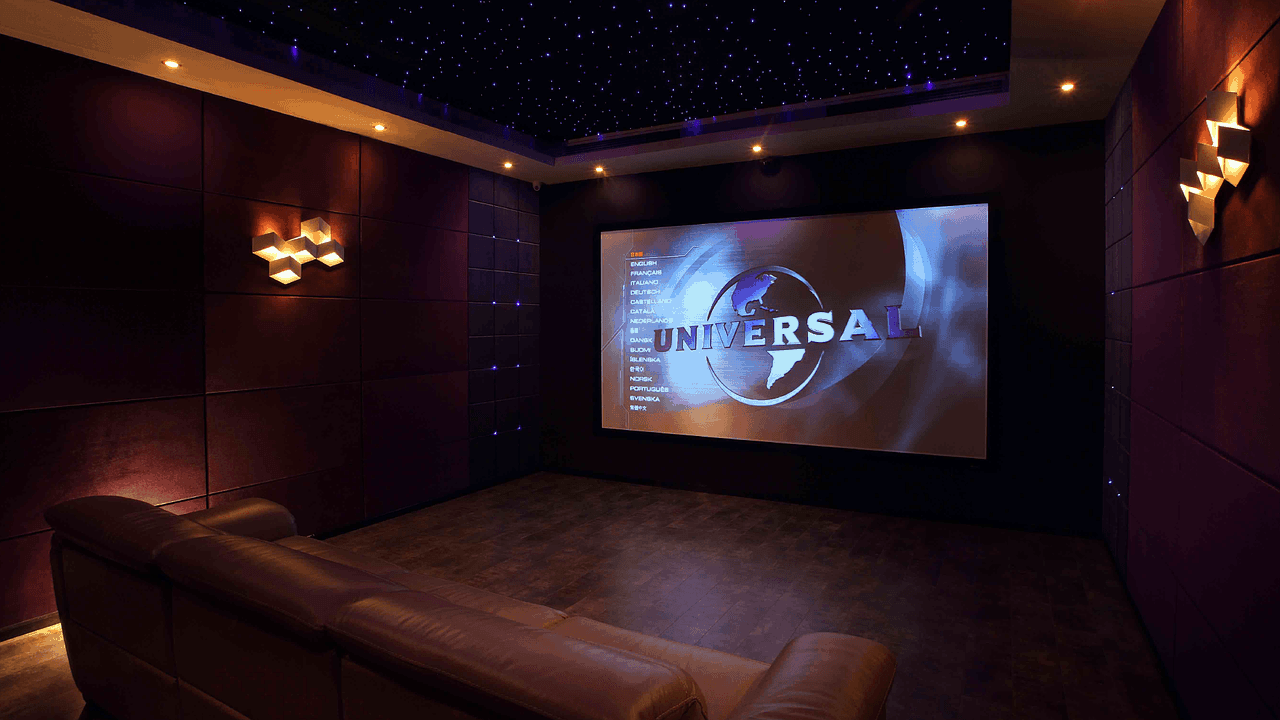
Source: Pixabay
Did you ever watch the credits that roll at the end of a movie and realize it must take a lot of people to pull off a major film production? Well, you’d be correct about that! A large community of specialists makes up the film industry, and in fact, it takes more people to create a movie than the names in the movie credits you see printed on a movie poster. And whether at the start of a film or the end, movie credits are there to recognize those artists’ hard work. So, if you are working on your own film project or are in the waking moments of becoming a cinephile, it’s crucial to give credit where credit is due. Here, we’ll discuss everything you need to know about movie credits!
Perhaps in your next film, you might find yourself giving Peerspace a shout-out in your end credits. After all, Peerspace does the hard work of showcasing the best locations and shooting spaces in your city to give you and your crew the utmost creative potential. Along with the information provided in this article, we’ll showcase photos from real Peerspace rentals that filmmakers like yourself use to shoot their movie scenes.
The evolution of movie credits
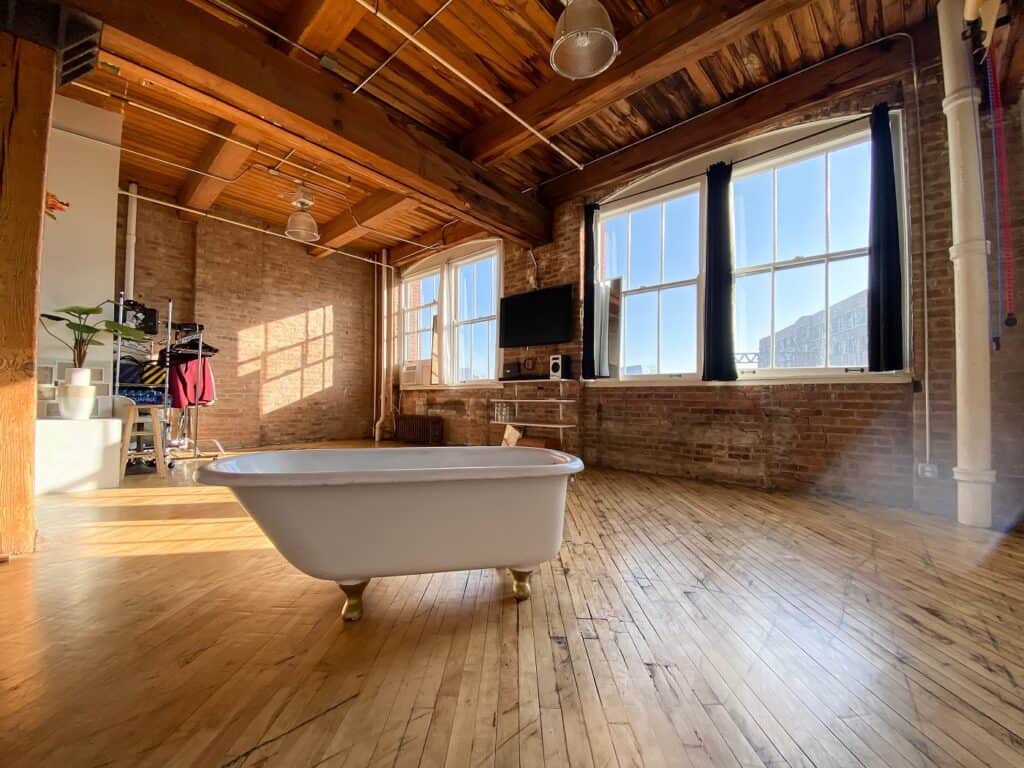
Surprisingly, movie credits have not been around as long as movies themselves. In the early 1900s, when movies only cost only a nickel to see, films would only have the title tacked onto the beginning. But as people became frequent theater-goers, they began to recognize certain actors and became fans of their work. A shortlist of the actors’ names appeared at the movie’s start, becoming what we know now as the opening credits.
In the 1970s, end credits became normalized. This was partially due to actors becoming solidified as movie stars. But it also was borne of the newly established auteur theory — the belief that film directors are the creative voices behind a film. In addition, end credits became the norm when the medium switched over to a digital format. Back when cinematographers exclusively shot movies on celluloid, it was expensive to dole out more money to a list of names that people might not stick around for. Now, with the advent of digital, the expense is less of an issue, and credits even reach lengths of 10 minutes.
Why are movie credits important?

End credits give acknowledgment of the work done behind the camera. It isn’t only about ego, as one might think; it’s about recognizing the work and workers involved. Viewers could now identify their favorite actors and filmmakers. So these filmmakers — both big and lesser-known names — became more popular and were hired by more producers based on popularity.
For example, an art director credited on a film might have more of a chance to get hired on another project by their peers than an art director who wasn’t given credit. The credit itself legitimizes their time on the project. Unfortunately, even with credits that stretch out to a striking 15 minutes in length, filmmakers might still leave hundreds of names out of the end scroll.
How is credit given?
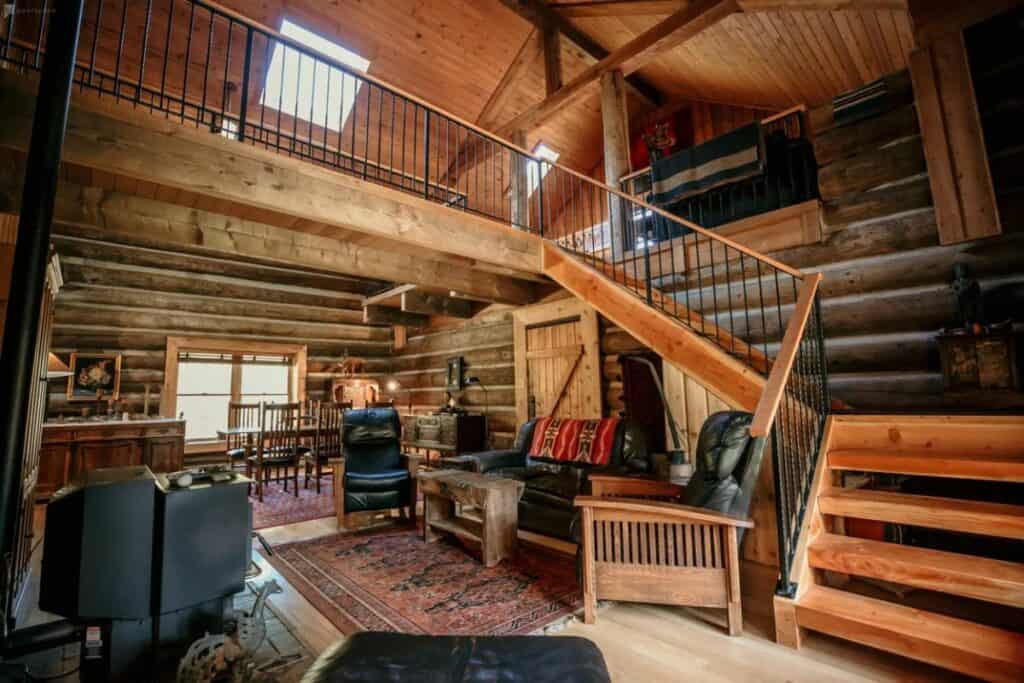
The responsibility of giving credit falls onto the producer and the studio the film is under; the producer’s focus is to credit the most involved players. This can mean the time devoted, as well as the amount of work and money invested, or even how well the producer knows an individual. However, film unions already implemented rules, such as the Writers Guild of America, the Screen Actors Guild, or the Directors Guild of America.
Therefore, producers tend to follow their guidelines. In addition, actors’ contracts might include instructions on how they wish to get credit. Disputes are often over getting credit, and for a good reason. In recognition, many people working within the film industry will have an “Uncredited” role listed on their IMDB page.
What do opening credits include?

Some films open with a thrilling chase scene. Others in a more quiet, contemplative way to draw in viewers. Most of the credits are now at the end of a film, giving directors more free reign over how a film can begin.
Yet, many films still use the opening credits.
Company logos
A movie opens with the studio or distribution company logos, usually before revealing any image from the film. The distribution company is in charge of financing and getting an audience to watch it in theaters or streaming services. The production company logo follows that up. The production company controls the creation process of the film.
Some other finance companies or production company logos might also follow. These companies are also credited in type once the movie opens to the first scene. In which case, additional production companies have “associated with” before their names.
Recognizable names
Depending on the acclaim of the film director, such as Christopher Nolan, the credit right after might be “A Christopher Nolan film.” Otherwise, the opening credits will hop right on to showcasing the names of the top-billed cast, which often includes one to three of the main leads. “Top bill” cast comes from names listed above the title in reference to a movie poster.
Supporting cast member names
After displaying the title, the credits continue on to the supporting cast members. This includes any character significant to the plot of the film. It may display on top of a movie image or a cutaway into a title screen of its own.
Crew member names
Next are the crew credits. And the order varies depending on how much this movie relied on costumes, makeup, or visual effects.
However, the constants, in general, include:
- The casting director
- The music composer
- The production designer
- The art director
- The set designer
- The costume designer
- The hair and make-up artists
- the visual effects supervisor
- The editor
- The director of photography
- The executive producer
- The producer
- And the writer
The director’s name is also shown once more as dictated by the Directors Guild of America (DGA) to end the credits. It’s as if to remind the audience who the author of the movie is.
What do end credits include?

On the flip side, the end credits begin with the director’s name, a perfect bookend. The writer’s credit follows after. If the director and writer happen to be the same person, they will often group the credit together with “Written and Directed By” to avoid redundancy.
Listed next, as the second-in-command to the director, is the producer and the executive producers. These credits are often seen isolated on the screen, flashing one after the other. They stand alone from the scrolling credits more traditionally associated with the end.
The acting credits are either individual or part of the scroll. The displayed order for actors’ names can vary by appearance and popularity or be listed in alphabetical order. Cast names are always before the crew. Within the crew, the department heads are usually named before the list of names that follow.
The end credits can also include production sponsors, music used, legal disclaimers, and special thanks. Sometimes the filmmakers have fun with the credits and add cool animations, bloopers, catchy music, or the popularized end-credit scenes.
Stay through the credits

With access to films at our fingertips in this modern age, the most general movie lover can name at least one actor they like, maybe even a director or writer. Next time you are watching a movie and notice some aspect of the well-crafted film, stick around to read who was responsible for making it happen.
With the help of movie credits, you can trace a filmmaker’s career back as far as you’re willing to explore. Who knows, you might even discover your next favorite film.
Movie credits and Peerspace
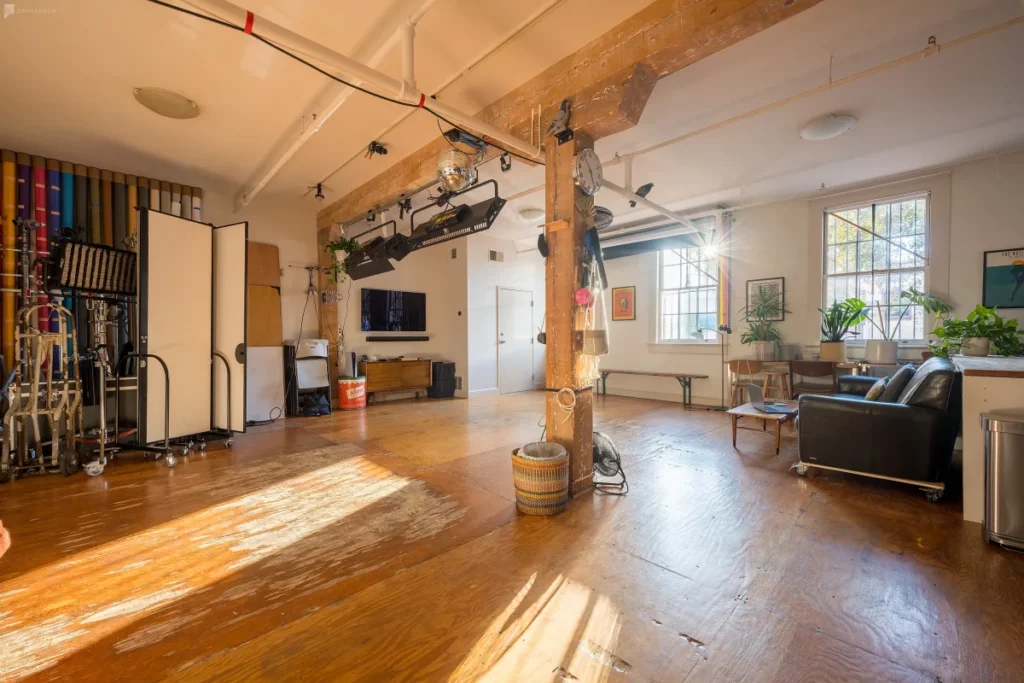
Before you start filming, you’ll need the perfect locations to make your film spring to life. Rely on Peerspace to book sensational film locations, wherever you’re filming and no matter your budget. You’ll find industrial warehouses, grand mansions, unique lofts, rustic cabins, and so much more.
Need a hand getting started? No problem! Here is a small sampling of the fabulous filming locations that you can book with ease through Peerspace:
- This production studio and creative space in Chicago
- This transitional period home in Santa Clarita
- This modern apartment standing set in Pico Rivera
- This sun-filled spacious apartment in Harlem
- This multi-set warehouse in Atlanta
- This modern-contemporary art gallery in Dallas
You get the idea! There are countless production-worthy spaces in cities across North America and beyond. All you have to do is search Peerspace in your chosen location for the type of venue you want to shoot. Check out the listings to see what’s included with your rental and be sure to examine its high-def photos and reviews from past renters. It’s a wonderful option for movies on any type of budget.
Movie credits: conclusion

As you can see, movie credits do and always have served a usual purpose in the film industry. They provide a way for movie-goers to glimpse at the amount of work needed to pull any-sized production off. Plus, they literally give credit where credit is due.
At Peerspace, we hope you’ll consider our platform when you’re seeking new and exciting spaces to shoot your projects. We make it easy to locate and book any type of space, for as long as you need it. And you don’t even have to give us a credit at the end of your masterpiece!
Keep an eye on our filmmaker resources pages to discover the latest tips, tricks, hacks, and trends in the movie industry!
Find unique production venues on Peerspace
Get together somewhere better
Book thousands of unique spaces directly from local hosts.
Explore SpacesShare your space and start earning
Join thousands of hosts renting their space for meetings, events, and photo shoots.
List Your Space

